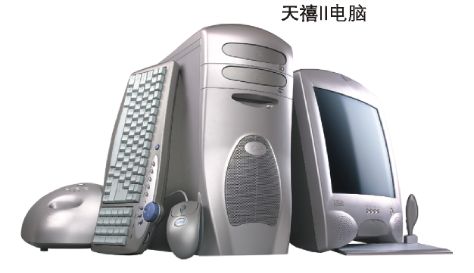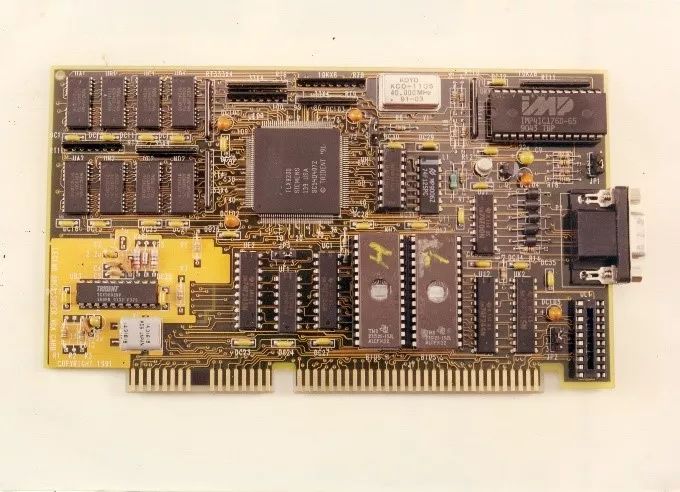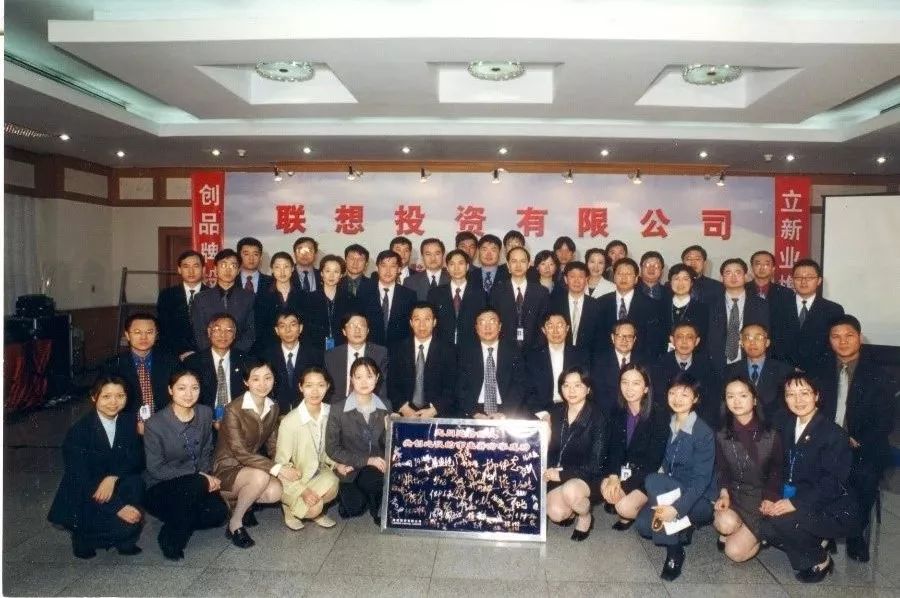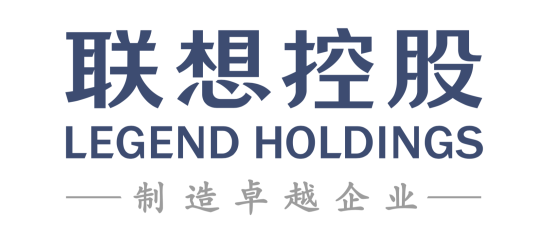Recently, Liu Chuanzhi, Chairman of Legend Holdings, shared his three insights on the industrialization of high technology during a work report to the Chinese Academy of Sciences. Here, I would like to share them with everyone.
Insight One
Industrialization of technology must be enterprise-led
-
For example:
In 1994, Lenovo’s brand computers accounted for less than 0.6% of the Chinese market share. After that, it gradually increased, becoming the market leader by 1997. The first problem Lenovo faced when developing its own brand of computers was that our computers could not be sold, primarily due to high costs. Therefore, how to reduce costs was our first challenge.
So, what made Lenovo computers expensive back then? The high cost was due to our long inventory time. The computer industry develops rapidly, and the prices of each component change quickly. If inventory is held for too long, significant issues arise. For instance, in July 1996, the price of a memory chip was about $16, but by September, it suddenly dropped to just over $2. If we bought these components in July and did not sell the computers in time, the price drop alone could lead to a loss of nearly $200 per computer, considering that computers are made up of many components. We thoroughly researched this issue and implemented ten measures, including the strategy of ‘small steps, quick runs,’ which ultimately helped us resolve the problem effectively. As a result, Lenovo’s market share saw significant changes in those one or two years.

Next, we built the Lenovo brand through innovation. At that time, facing foreign brands head-on was not feasible, so we focused our efforts on innovation in integration technology and product technology. For example, in 1998 and 1999, the first wave of the internet boom hit, but very few Chinese citizens could access the internet, as it was a complex task back then. Therefore, we launched the “Tianxi Computer,” innovatively developing a “one-click internet access” feature, along with a “one-click recovery” technology that allowed users to restore their systems with just one button, even if the system crashed. Although these were not core technologies, they met the essential needs of novice computer users at that time. With the product ready, we took three steps to promote it widely in the market: first, we held exhibitions in 300 cities nationwide; second, we established a robust service system; and third, we made ample preparations in the supply chain. This approach alone increased our market share by nearly 9%.
-
A lesson learned:

In 1987, Lenovo’s flagship product was the Lenovo Chinese character system, known as the “Lenovo Han Card,” which was a research achievement from the Institute of Computing Technology, Chinese Academy of Sciences. Later, Mr. Ni Guangnan further developed this product. In 1987, we repeatedly refined the third version of the Han Card, which sold very well. At that time, a competitor launched a higher-performance similar product, and the Han Card’s R&D team insisted on releasing the fourth version to maintain a performance edge. Despite some internal debates, the fourth version was launched. However, it was not mature, had many bugs, and users could not use it, leading to returns. The after-sales service could not keep up, and we lost the market. By the time we tried to sell the third version again, it was no longer viable, resulting in significant losses for the company. This lesson taught us an important insight: we came from research institutes, where we relied on awards and papers to measure success. However, once we started a business, we needed to focus on whether our products could be marketed and whether customers liked them. This shift in perspective was of great educational significance for us.
Later, our R&D center launched a product called the “Single Board Computer,” which we valued highly. Based on our research, it was supposed to be a market-needed product, but it still sold poorly, leading to significant inventory and losses. The conclusion was that no one could sell it. The product was too specialized, and only the developers could operate it, while we had not prepared a capable sales team in advance. Additionally, there was no maintenance service available, and we did not conduct timely marketing.
Insight:

It is precisely through the continuous accumulation of these experiences and lessons that we learned what the market is and how to achieve “technology industrialization.”
A technology enterprise is like a string of pearls; it consists of many pearls, with technology research and development being perhaps the largest and most dazzling pearl. However, it must be supported by other pearls, such as funding, human resources, production supply, sales, etc. The entrepreneur is the thread that strings these pearls together.
In summary, to transform the results of technological innovation into productive forces and generate social benefits, it is essential to mobilize the entire strength of the enterprise organization. Therefore, “the industrialization of technological achievements” can only be accomplished by enterprises, except for projects with special purposes.
Insight Two
Technology enterprises should aim high but must first be grounded
-
For example:
More than a decade ago, it was often said, “There is only Chinese manufacturing, not Chinese innovation.” Chinese enterprises invested too little in technology and could only produce low-end products, resulting in limited benefits. This statement is indeed correct, but it reflects history; the history of reform and opening up is compiled page by page.
What is the first page of the history of Chinese manufacturing? I believe the most vivid depiction is the “Workshop Agreement” formulated by Zhang Ruimin at Haier. One of the clauses in that agreement is unimaginable to today’s young people: “No defecating in the workshop.” Today, Haier, which sells black and white appliances worldwide, started in a workshop where such behavior was common, illustrating the historical environment in which we operated.
Some people now say that Lenovo’s trade, industry, and technology route is a mistaken approach that does not value technology, and that our failure to develop chips and operating systems was short-sighted and hindered national development. In fact, the first page of Lenovo’s history is that small house where we started. At that time, we had no idea of the dangers of running a business; we had no funding and completely lacked knowledge of what a business was.
In 1988, we used the money earned from being the general agent for AST to buy a small workshop in Hong Kong that made computer motherboards, marking the beginning of our own brand. Why did we choose to operate in Hong Kong? Because under the planned economy system at that time, we could not obtain production permits to manufacture our own computers and had to find a way around it. Later, when our products were showcased in Las Vegas, they caught the attention of leaders from the Ministry of Electronics, who granted us production permits, leading to the establishment of the Lenovo brand.
Everything we did at that time was actually a loss because our strength was significantly inferior to that of international brands. However, we persisted, continued to learn, and without that persistence, we would not have achieved the victories we have in competition today. Where did the funds for our R&D come from? At that time, no one invested in us; we relied entirely on the profits from acting as agents for AST and HP. If we had only focused on immediate profits, we would have only engaged in profitable agency work and would not have developed our own microcomputers, let alone become the world’s leading PC manufacturer today.
Insight:

If we had started by using the profits from agency work to invest in chip R&D, we would not have made any progress, and the company would have failed. At that time, large companies investing in chip R&D were spending over a billion dollars annually, while in the early 1990s, Lenovo’s maximum annual profit was only tens of millions, making it unrealistic to invest in chip development.
Through agency work, we not only accumulated funds but also learned what the market is, what finance is, and gained management experience, laying the foundation for future development. Therefore, while aiming high, one must first learn to be grounded. To be honest, we made many mistakes, especially after successfully acquiring IBM’s PC division and gaining stronger capabilities. Although Lenovo Group now invests 10 billion RMB in technology annually, we should aim even higher. Today, Lenovo Group faces considerable challenges, which is something we need to reflect on seriously. However, to my knowledge, Lenovo Group has stabilized its position and is preparing to face these challenges with determination.
Insight Three
Learn to use the power of capital to promote technological innovation
-
For example:
Zhongguancun only became a national benchmark for technological innovation and industrialization after 2000. Why did this happen at that time? Because capital flowed in. After 2000, a large number of VC, PE, and angel investments gathered in Zhongguancun, and the combination of capital power and technological strength created the immense wealth that Zhongguancun brings to Beijing today.
How did the three BAT companies form? It was also because they received VC and PE funding. This funding, especially from VC and angel investors, is considered “brave” money; they are not afraid of making mistakes, which greatly increases the courage of technology innovators to take risks.

In 2001, Legend Holdings began diversifying its investment business, first entering the venture capital field and establishing Legend Capital (later renamed Junlian Capital). Because we come from a practical background, having grown through various challenges, we not only invest capital but also understand the difficulties enterprises face at different stages, what they need, and how we can help. For instance, we participated in the early investment of iFlytek, which was founded in 1999 by 18 students from the University of Science and Technology of China. After our investment, we provided valuable services in core team building, strategic formulation methodologies, standardized management, business resources, and corporate culture development. In 2018, iFlytek successfully went public and now holds over 70% of the market share in Chinese voice technology, representing the highest level of intelligent voice core technology in the world.
Legend Holdings manages three major funds under its financial investment business, totaling 120 billion RMB, and has invested in over 800 enterprises. Our angel investment fund, Legend Star, initially focused on free entrepreneurial training, mainly teaching technology personnel how to run businesses, and later expanded into angel investment targeting technology startups. Today, Legend Star has developed over ten years and has trained 900 technology entrepreneurs. Our venture capital, private equity investments, and strategic investments also adopt joint investment or takeover methods to select suitable enterprises for further support.
Insight:

Connecting capital and technology, along with a deep understanding of enterprise management, allows us to invest in outstanding technology enterprises. This is also our approach to supporting entrepreneurial innovation and practicing “technology industrialization.”


Legend Holdings is a leading large diversified investment holding company in China, which has established an innovative business model driven by “strategic investment + financial investment.” The strategic investment business is distributed across five major sectors: IT, financial services, innovative consumption and services, agriculture and food, and new materials. The financial investment business mainly includes angel investment, venture capital, and private equity investment, covering all stages of enterprise growth.
Over the past thirty years, under the leadership of founder and chairman Liu Chuanzhi and president Zhu Linan, the company has grasped the important themes of China’s economic development, employed flexible investment methods, and leveraged rich management experience to create and continuously cultivate a number of influential outstanding enterprises both domestically and internationally, while promoting business synergy among member enterprises and continuously optimizing its investment portfolio to achieve sustained growth in company value.
For more information about Legend Holdings, please visit: www.Legendholdings.com.cn